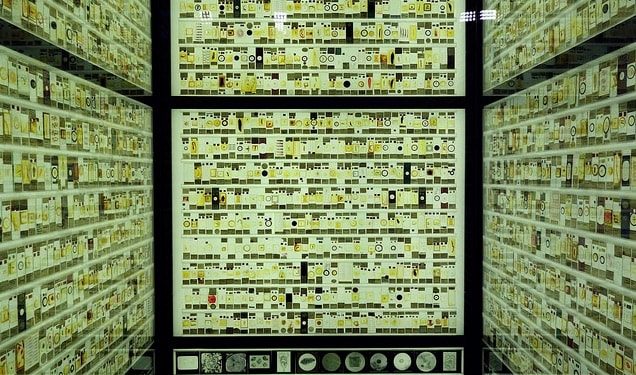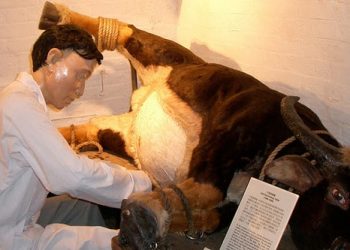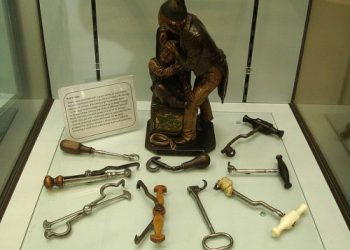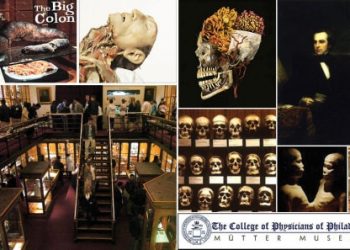About two years ago the Grant Museum of Zoology, the only remaining university zoological museum in London, converted an old office/storeroom into a beautiful back-lit cave displaying 2,323 of the tiniest specimens in its collection. The slides show whole small animals (don’t forget that 95% of known animal species are smaller than your thumb) as well as slices of whole small animals that line the walls in floor-to-ceiling light boxes. Besides the fact that it looks so darn cool, what’s the point of this permanent exhibit known as the Micrarium? Well, most natural history museums tend to focus on, you know, bigger things. The Grant Museum felt it was about time monkeys and dinosaurs move over and give spiders, worms, and sponges their due. Also, with a total of 20,000 microscope slides in their collection, not a single one of them was on display, which is actually quite common throughout natural history museums. So why not let the public see these things instead of hiding them away? The Micrarium is an experiment on a typical museological display; there are no overly detailed labels, the slide installation is more of a work of art than a teaching tool, and visitors can step inside the exhibit to get a closer look. They aren’t learning about specific specimens but rather visually appreciating “the sheer vastness of invertebrate diversity.” It’s kind of like a museum within a museum. And I like it.
















